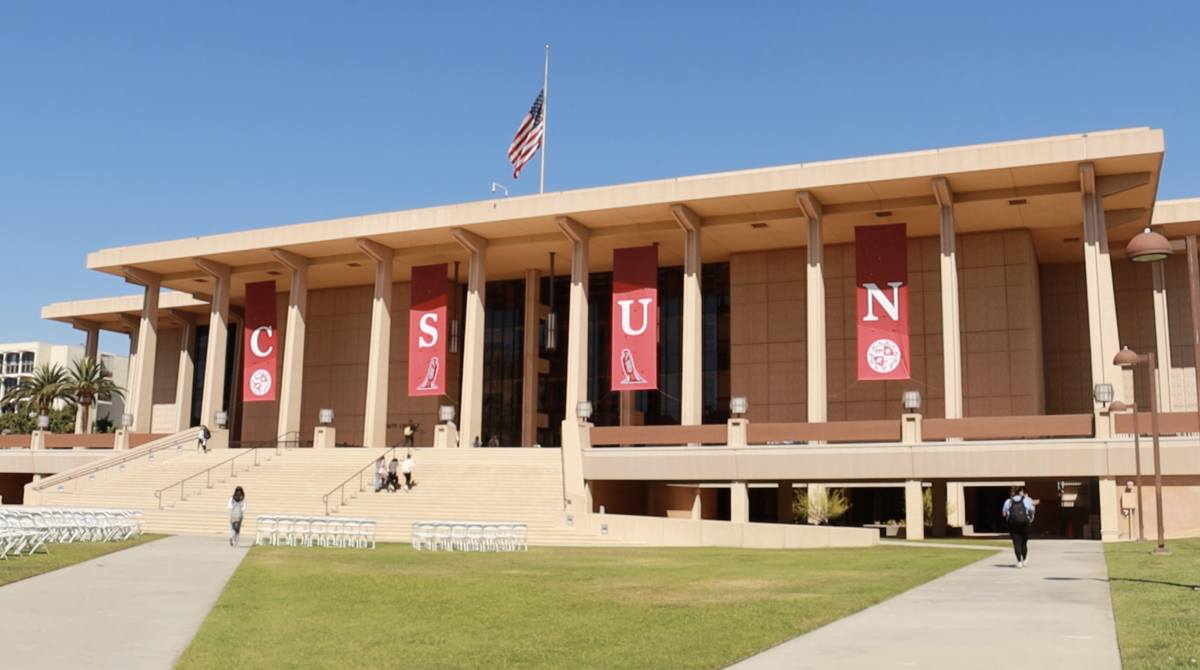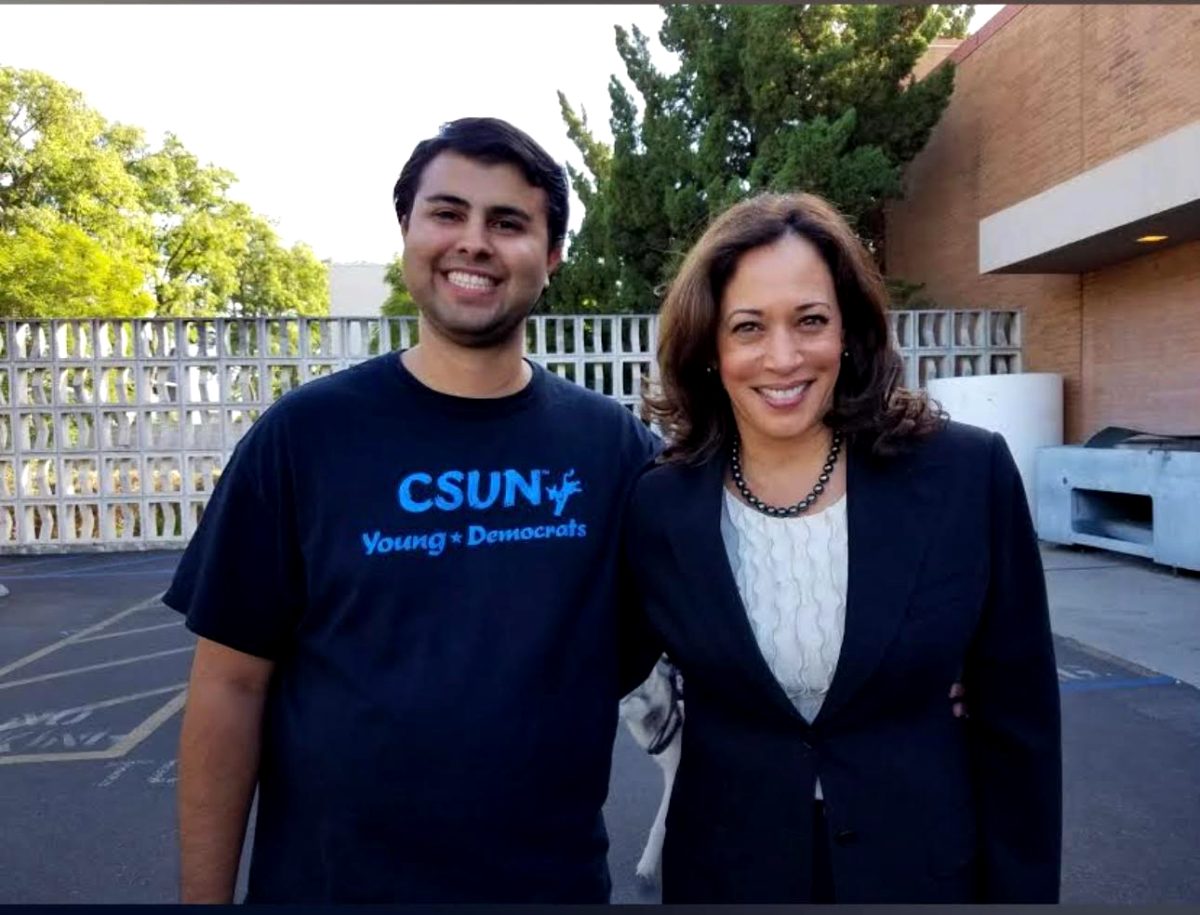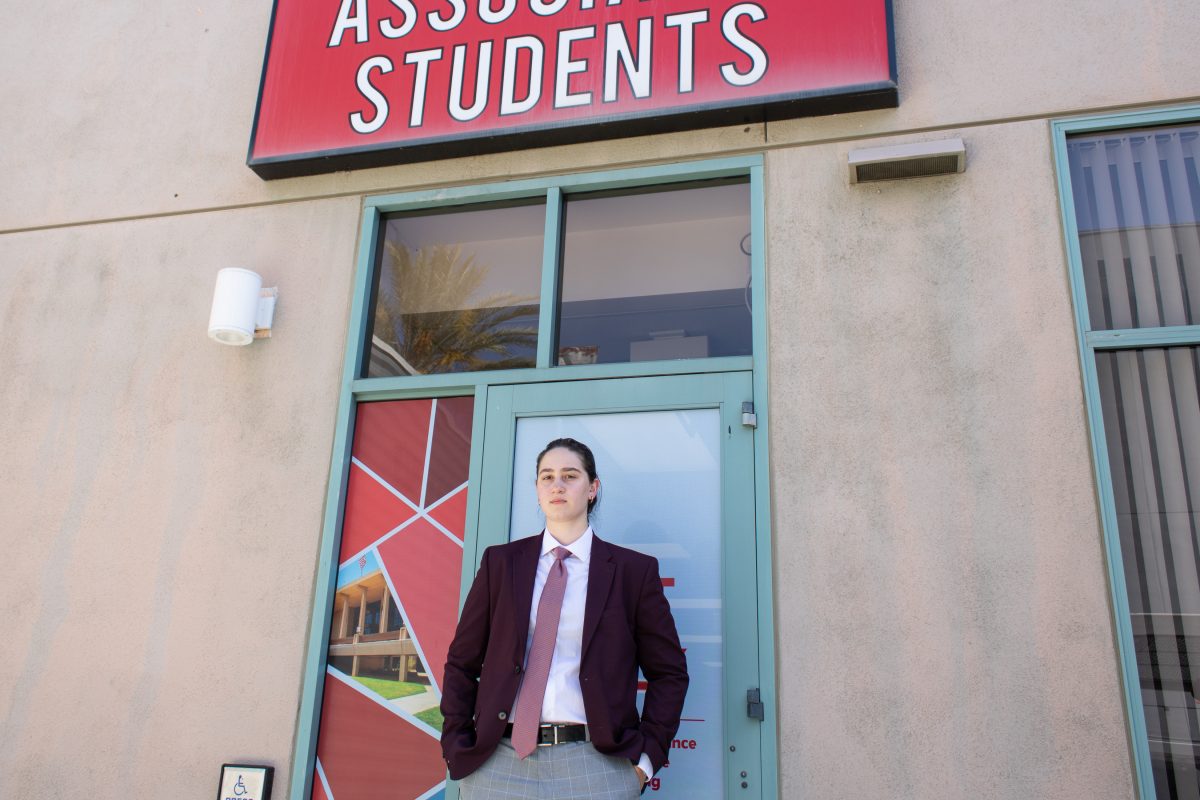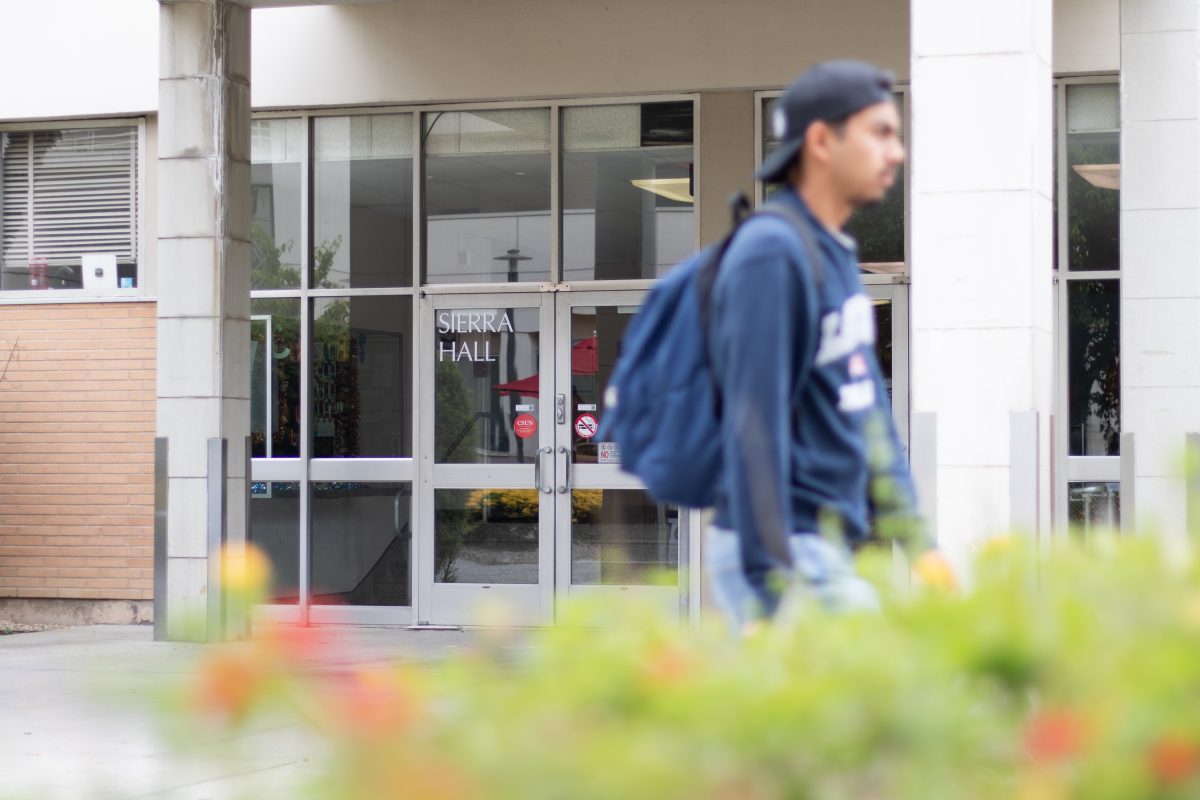The Institute for College Access and Success (TICAS) and the Cal State Student Association (CSSA) released a report that explained the unequal costs and graduation rates among low-income students in the California State University system.
The report included estimated net prices based on the perspective of low-income students who live off campus and the estimated comparison of the graduation rates of students who received a Pell Grant to those who did not.
According to the report, Pell Grant recipients are less likely to graduate than those who have not received financial assistance. It also states that CSUN students are often in the low-income bracket, and the Pell Grant has recently lost a substantial amount of its value in the past years.
The report also mentions that recent net college prices demand a large share of income from low-income families. Those at a CSU level are left to use half of their annual family income to cover college expenses after grants have been applied to their tuition.
The net prices of the CSU campuses have also increased, and they range between $8,100 to $20,200 based on the report. At CSUN, it is reported that the net price has been an average of $17,500.
Public Relations and Communications Director for the CSSA Miya Smith Haley stated the following.
“The Pell Grant usually denotes socioeconomic status, and they [low-income students] usually have a lot more trouble affording the total cost of attendance and debt than their counterparts,” Haley said.
Haley also explained which students receive Pell Grants and why their graduation rates are lower than those who do not receive the grant.
“When you look specifically at Northridge, students across the CSU systems, students with Pell Grants are low-income students, and you find it on your campus that there’s a 30 percent graduation rate for the 6th year students who are Black, Pell Grant, first generation,” Haley said. “So you see, the correlation has a lot to do with socioeconomic status for those students because those are usually the students who are given the Pell Grant.”
Haley also said that, with the struggles of affording tuition, the majority of these low-income students have covered these net prices by working. Although it has seemed to be an efficient way to cover the costs, many students are left depending on their employment to cover them. Since the net prices have increased, students have had to increase the number of hours they spend working to cover their costs of tuition.
For example, the report stated that students are now left to work 13 to 33 hours per week, and students who work on campus are required to work over 20 hours each week. For CSUN, the estimated number of hours that low-income students are required to work is about 30.
The study also claims that the number of hours students are left working could potentially affect their focus on maintaining their academic performance, which could prevent them from graduating when they expect to. These factors all contribute to why the Pell Grant does not speed up the graduation rates of low-income students, since it isn’t enough to cover the total costs.
These costs are also impacted by the CSU Board’s approved plan to raise tuition by 6% across all 23 CSU campuses. Since low-income students are already struggling to pay the net prices of tuition, the set increase will make this struggle even more difficult.
According to TICAS Director of Policy and Advocacy Emmanuel Rodriguez, the organization stated during the initial release of the report that they are aiming to present the CSU with an opportunity to accurately portion Pell Grant funds to students for the following years.
They aim to portion the funds accurately so that students do not struggle to pay their tuition. They also state that the association acknowledges that the affordability issues students will face in the following years are going to grow even worse, which is why they are focusing on figuring out a way to push more funds out for these low-income students.
Update: Corrections have been made to this article. The quotes were previously misattributed to Carolyn Clendenin. They have been updated to attribute Public Relations and Communications Director for the CSSA Miya Smith Haley and TICAS Director of Policy and Advocacy Emmanuel Rodriguez.











